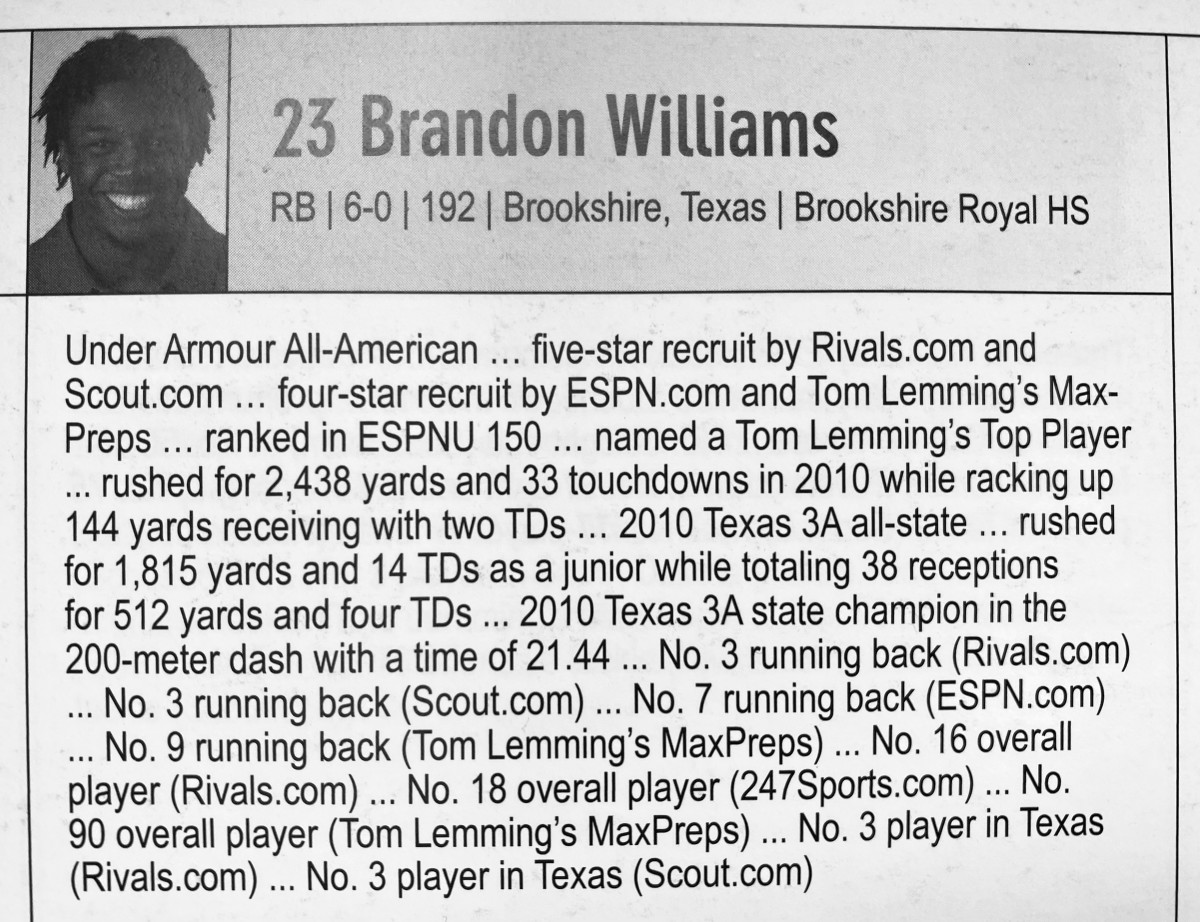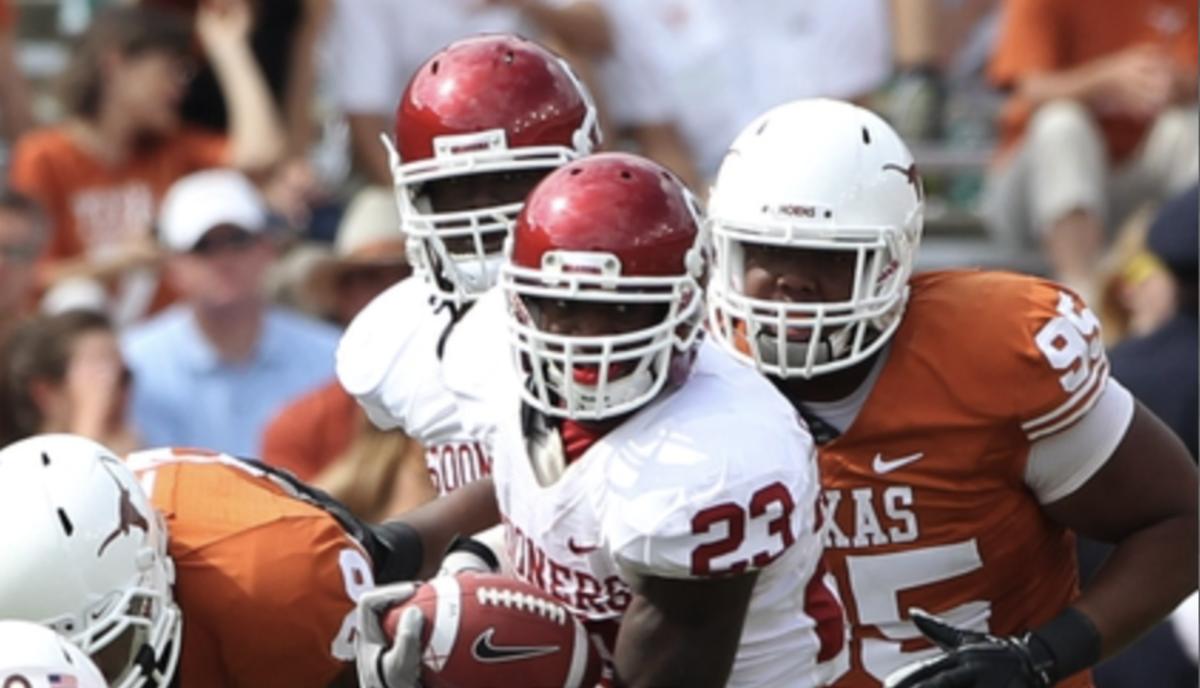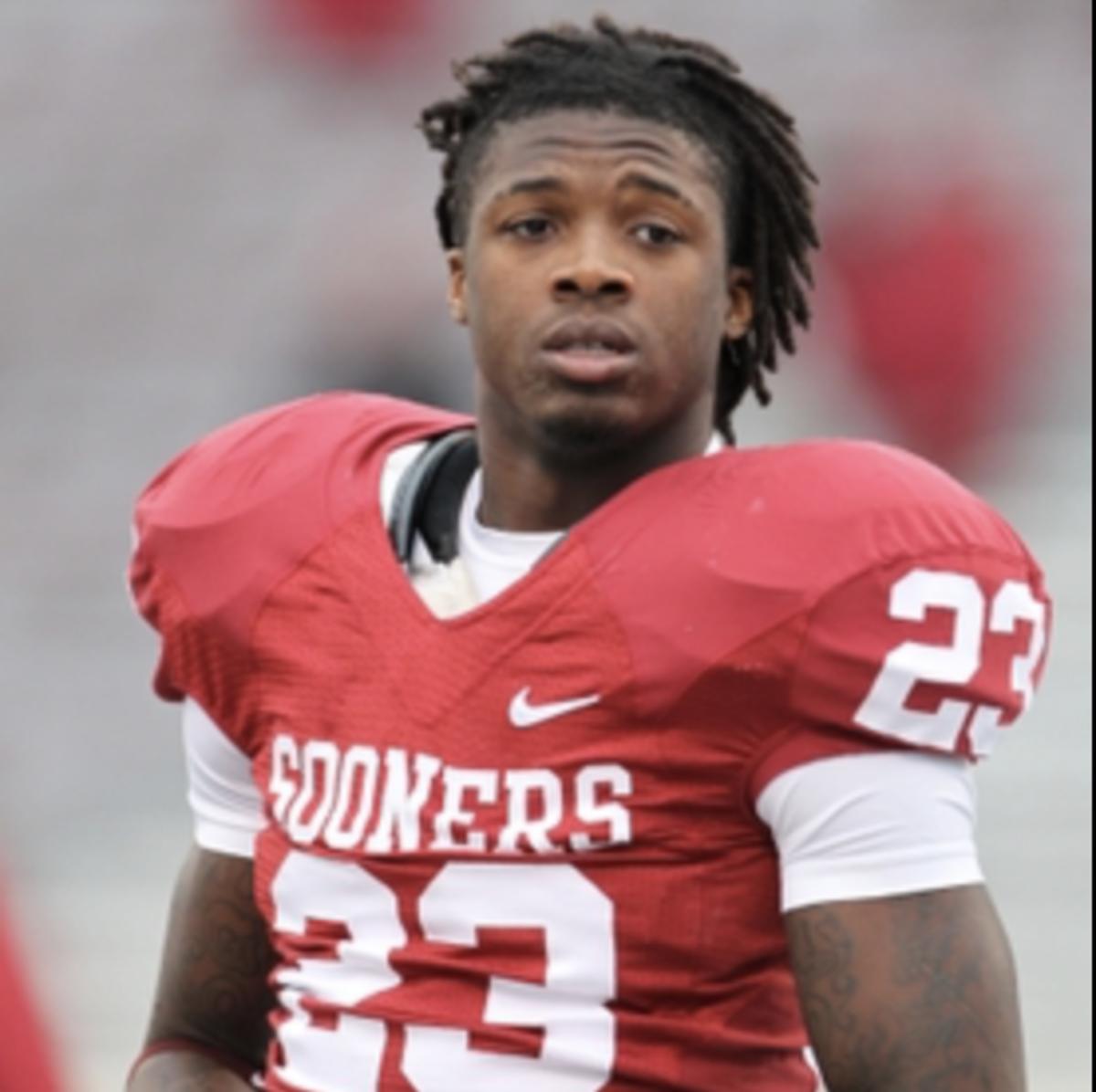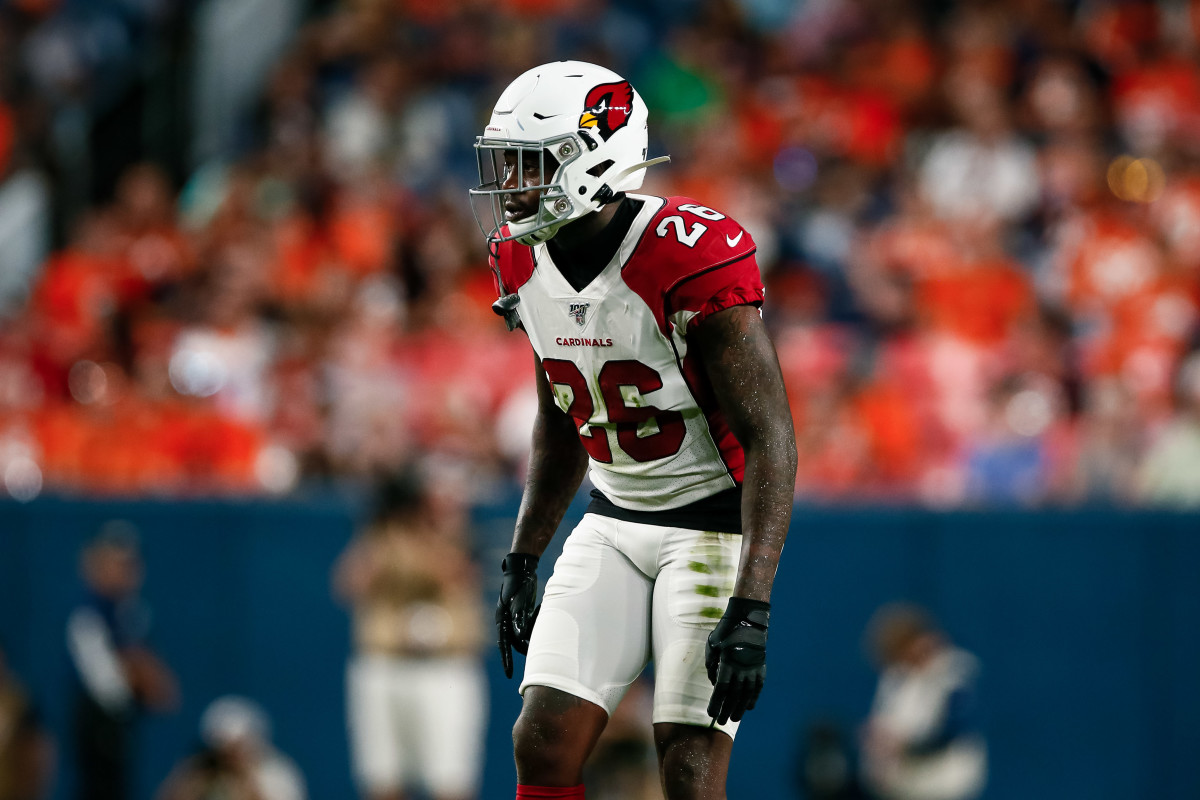Oklahoma's Top 20 recruiting what-ifs, No. 15: Brandon Williams

Sometimes a change of scenery isn’t enough. Sometimes what a football player needs is a change of position, too.
When he signed with Oklahoma in 2011, Brandon Williams was a 5-star running back, ranked by most who follow recruiting as either No. 2 or 3 among all running backs in the nation.

The Sooners, meanwhile, had just finished a seven-year run of riding 5-star running backs Adrian Peterson (2004-06) and DeMarco Murray (2007-10). All those two did was smash virtually every rushing, scoring and all-purpose record in school history.
The pressure on Williams must have been immense.
But OU coaches understood Williams’ talent, and they knew it probably needed a bit more time to be fully realized. So he spent his freshman year as a backup — Brennan Clay and Roy Finch started out as the main guys, but soon enough, a sandwich-making walk-on by the name of Dominque Whaley was taking all the snaps — and Williams finished his freshman year with 219 yards on 46 rushes.
That was also the year that backup quarterback Blake Bell became the Belldozer — Bell, now a tight end for the Dallas Cowboys, rushed for 13 touchdowns in 2011 — so there just wasn’t a lot of opportunities for Williams to break through.

After the season, Williams transferred to Texas A&M, where he would be closer to his hometown of Brookshire, TX, outside of Houston.
But after sitting out the 2012 season as a transfer, the backfield was crowded in College Station, too. Williams carried the football just 131 times for 648 yards over the next two seasons before Aggies coach Kevin Sumlin had an idea: Maybe Williams would have more opportunities on defense.
So Williams switched to cornerback for his senior season and thrived. He played in all 13 games, made 37 tackles and had seven passes defensed.
Turns out the move to defense was just what Williams’ football career needed.

The 6-foot, 200-pound Williams got an invitation to the NFL Combine, ran the 40 in 4.37 and became a third-round pick of the Arizona Cardinals in the 2016 NFL Draft.
Williams played three seasons with the Cardinals and was waived prior to the start of his fourth season (the NFL’s new collective bargain agreement allows players with just three years of service to participate in the league’s pension plan).
Williams isn’t done, though. He got picked up by the New York Giants in 2020 and played six games last season, then was signed by the Houston Texans. Just two weeks ago, Williams signed a reserve/future contract with the Texans to remain with the team through the offseason.
So far in his NFL career, Williams has earned almost $3.7 million, according to Spotrac.
- - - - -
This series
National Signing Day is around the corner, so SI Sooners is examining Oklahoma’s biggest recruiting what-ifs of the last 20 years.
NOTE: We've changed the theme from "regrets" to "what-ifs" because it's hard for many to get past the negative connotation of regret. Also, "what-if" is a more accurate depiction of what we're trying to convey.
The series wasn't intended to put anyone in a bad light. It's not about the coaching staff regretting that they signed these guys, or the players regretting they came to Oklahoma.
This is about players who arrived (or almost arrived) at Oklahoma but then, for whatever reason, left well before they reached their potential.
This is what college football recruiting is all about: the risk-reward that comes with not knowing a prospect's potential. For every Adrian Peterson, there's a Rhett Bomar. For every Tommie Harris, there's a Mo Dampeer.
The time period is since 2000, when online recruiting services and the current "star" system became prominent.
The rankings were compiled by SI Sooners publisher John Hoover, Sports Animal host Al Eschbach, KREF host James Hale and Sooner Spectator publisher Jay Upchurch.
- - - - -
How Hoover voted:
I ranked Williams No. 14 on my list. I admit, I was swept up by the hype of OU signing another 5-star running back and was eager to watch him play at the level of Peterson and Murray. He probably would have eventually, but it just didn't work out for him at OU as a running back. Williams shows that this list isn't about failure, it's about plans changing. He's the perfect example of what this list means: "What if" he had stayed at Oklahoma? "What if" he'd played corner for the Sooners? His natural talent obviously has carried him far in his football career. "What if" he'd played four years in Norman?
No. 15 on my list was 2008 WR Jameel Owens. Owens will appear later in our countdown.
- - - - -
Top 20 Oklahoma Recruiting What-Ifs
(since 2000)
